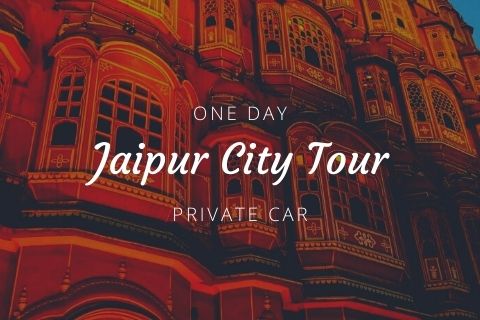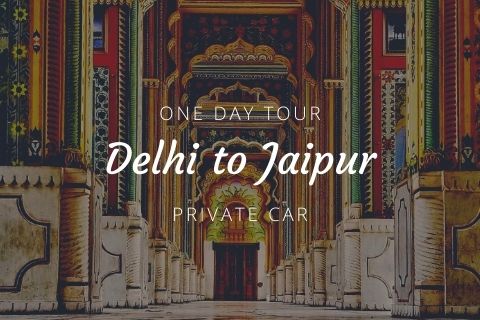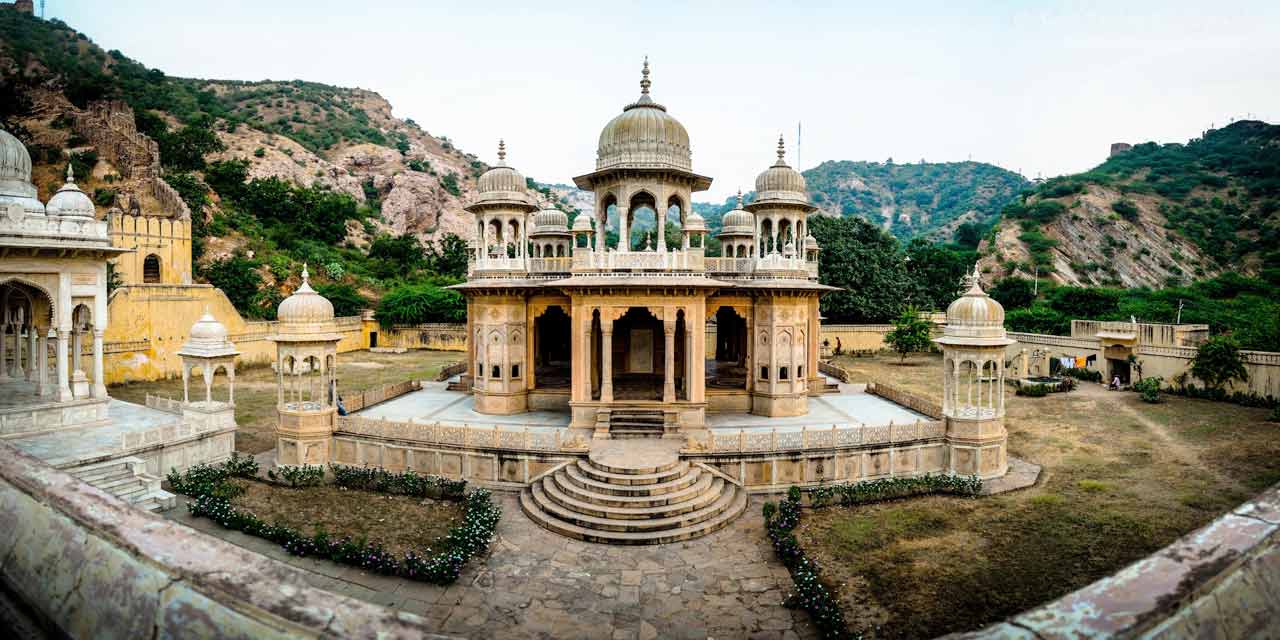Gatore Ki Chhatriyan Jaipur Entry Fee
- 30 per person
Gatore Ki Chhatriyan Jaipur Phone
N/A
Rating:  | 4/5 stars
| 4/5 stars
Based on total 13 reviews
Gatore Ki Chhatriyan Jaipur Address: Krishna Nagar, Brahampuri, Jaipur, Rajasthan, 302002, India
How can memory be preserved? In our speeches or our fables? However, the vivid hues of recollections fade over time, and layers of dust eventually cover them up.
But, how can our Rajas and Maharajas fail to preserve the grandeur of their dynasties and maintain their memories alive for centuries? Of course, their efforts to immortalize death are admirable. Death is synonymous with sadness, but Maharajas turned this sorrow into a 'Saga of the Past.' The most exquisite and graceful instance in this saga is Jaipur's famed 'Gatore ki Chhatriyan.'
History of Gatore Ki Chhatriyan Jaipur
A Rajput dynasty Kachwaha that reigned at Gatore Ki Chhatriyan was responsible for maintaining the royal crematorium grounds. Maharaja Jai Singh II, the founder of Jaipur, chose the site in the 18th century. Since 1733, every Kachhwaha king has been cremated here. The only missing cenotaph is Maharaja Sawai Ishwari Singh, whose burial took place at Jaipur's city palace complex.
Architecture of Gatore Ki Chhatriyan Jaipur
The Gatore compound follows Vedic architectural guidelines with Indo-Persian structural and arcuate building influences. Crematoriums are located north of the hamlet and sloping southwards, according to Vedic norms. A body of water, particularly a river, provides an ideal setting for the memorials. Furthermore, the Rajas built the crematoriums and monuments in remote places not seen from afar.
The cenotaphs of the royals are distributed around the complex, resulting in what appears to be a mix of tiny open-air palaces and beautiful towers. The structures indicate the locations of prior leaders' cremations.
They are stunning works of architecture to see! An umbrella-shaped dome called a 'chhatri' tops each Indian monument and crematorium. The Maharajas built the other monuments in sandstone. Elephants, combat scenes, etc., are intricately carved into several of them.
Memorials at Gatore Ki Chhatriyan Jaipur
The courtyard has three portions, the oldest being the farthest from the entrance. The chhatri of Sawai Jai Singh II, the founder of Jaipur, stands in the courtyard's center. As per legend, it is made of Taj marble or white Makrana marble, the highest quality.
The most beautiful memorial is of Sawai Jai Singhji. It is eloquently constructed using white marble. It has sculptures of Hindu Gods, maids, musicians, and other individuals and truly validates the reign of Jaipur's greatest emperor. Twenty pillars support the dome.
Sawai Ram Singh's memorial is located just behind the chhatri of Sawai Jai Singh. It mimics his chhatri and contains an exact depiction of the regal games of army scenes made of Italian marble.
The next chhatri, Sawai Madho Singh, is the most intricate and magnificent of all chhatris. Sawai Pratap Singh commissioned the chhatri in his honor, and it is a one-of-a-kind blend of stone and marble work. Its layout is similar to that of the Taj Mahal to some extent. The two stone lions guarding the entryway appear to be the watch guard. As soon as you take a step forward, you observe the incredible and detailed carvings and decorations.
The pillars in this chhatri are in an octagonal pattern. Furthermore, it has vented octagon windows. Standing in the middle, you can see the open verandas on all four sides. The stairs leading to the top of the mausoleum stand on its north. You can enjoy a fantastic view of the chhatris all around you from here. They are twelve in number. On each of the four corners stand four enormous chhatris and eight tiny chhatris.
This memorial exemplifies Jaipur's architectural significance and beauty. The stone is a rare Redstone from Karauli and 'Raay wale ki khan' near Ramgarh. Over the marble panels outside the chhatri, scenes of the traditional procession of elephants, horses, and other animals from Janani Deori to Sanganeri Gate represent eloquence.
The Hanumanji temple stands near the Sanganeri gate, and you can see the grand Hawa Mahal from here.
#Trivia- One intriguing fact about this lovely spot is that people gathered to light lamps here to honor their rulers until a few years ago, as the sun went down and twilight fell over the beautiful surroundings. Lighting lights represented paying homage to their kings. But, as time passed, this enjoyable activity faded away.
Image Gallery of Gatore Ki Chhatriyan Jaipur, India
Location of Gatore Ki Chhatriyan Jaipur
The royal crematorium stands in the Nahargarh and Garh Ganesh temple valleys. The fort walls of Nahargarh surround the area on one side and the Pink City of Jaipur on the other.
Entry Fee and Timings of Gatore Ki Chhatriyan Jaipur
The Gatore Chhatriya is open from 9:30 a.m. to 5:00 p.m. every day. The ticket window closes by 4:30 p.m.
The entry charge for Gatore is Rs 30 per person. It is part of the composite City Palace Ticket, which costs Rs 300 per person for Indians and includes entry to Jaipur City Palace, Jaigarh Fort, Gatore, and Maharani Ki Chhatriyan on Amer Road.
Things to Do at Gatore Ki Chhatriyan Jaipur
In Gatore, there are exquisite tombs/mausoleums of former Jaipur rulers. Many tourists visit this location to click mesmerizing pictures; hence it is one of the Instagram-worthy spots in Jaipur. On the other hand, many visitors come here to relax and take in the quiet setting of Gatore. It is worth the visit if you enjoy art, architecture, and history. The tranquil and peaceful ambiance is a nice respite from the noise of Jaipur's streets.
The location provides a spectacular and wide-angle view of the entire city of Jaipur. From the Gatore, you can see significant landmarks such as the Jal Mahal and Mansarovar lake. Compared to other tourist destinations, this location is less congested and ideal for those seeking peace.
How to Reach Gatore Ki Chhatriyan Jaipur
You can get off at Brahmapuri and walk a few hundred meters to the cenotaphs or rent a private cab from top car rental companies in Jaipur to reach here by road.
The location is 5.8 kilometers away from the Sindhi Camp Bus Stand.
It is around 8 kilometers from the Jaipur Railway Station.
Gatore ki chhatriyan is 15 kilometers away from Jaipur International Airport.
Gatore Ki Chhatriyan is an enthralling hidden treasure built with utmost precision and care. You can take your time while soaking in the peaceful ambiance, but be polite and keep the site's burial history in mind. Admire the beautiful cenotaphs and intricate carvings to immerse yourself in one of the best tourist spots in Jaipur today! Book a Jaipur Tour package from Jaipur Tourism, a division of Holidays DNA to explore Jaipur comfortably in a private car. Please fill the Contact Us form to know more.






